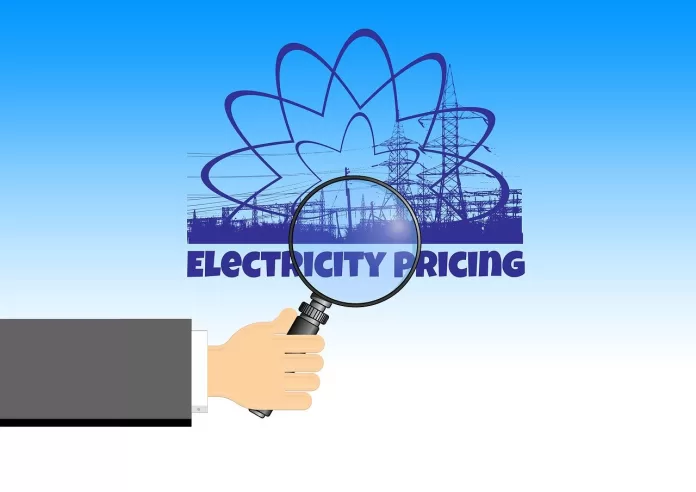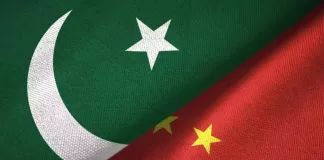The government intends to increase the base power tariff by about Rs. 7 per unit. More than Rs3.2 trillion in additional money from power users is anticipated as a result of this action. As the last step in establishing the IMF Staff Level Agreement, the Executive Board of the International Monetary Fund (IMF) is scheduled to debate a stand-by arrangement. The requirements of the program will then need to be met by the government.
The increase in power prices is a key requirement the IMF established in order to grant Pakistan financial aid. To lower the nation’s fiscal deficit, the Fund has urged the government to increase the tariff and end power subsidies. The proposed hike might put a heavy financial burden on power consumers together with an 18% GST on bills.
The regulatory body, Nepra, has held hearings with distribution businesses (Discos) over this issue. The cost of the electricity K-Electric takes from the national grid will rise, but the privatized firm will be exempt from the increase in base tariff.
A notification of the basic price increase, which is expected to cost close to Rs 7 per unit, is still pending submission to the federal government. If approved, the base tariff would increase from Rs24.80 to Rs31.80 per unit. The hike is intended to lower the circular debt buildup in the power sector, which, as a result of inefficiencies in power generation, transmission, and distribution, has reached a current total of almost Rs2.64 trillion.
Consumers in the residential, commercial, and industrial sectors will be impacted by the increase in power prices, which will cause inflation. Businesses will pass along the rising prices to customers, and households will have to set aside more money for power, putting a burden on their finances. The administration insists that this action is vital to resurrect the economy and the power sector. Additionally, it promised targeted
Also Read
Positively, the government has paid Independent Power Producers (IPPs) Rs142 billion, decreasing their outstanding debts and enhancing their cash flows. The circular debt for the power sector is still 2.64 trillion rupees, nevertheless. Additionally, Sui Northern Gas Pipelines Limited (SNGPL) and Sui Southern Gas Company Limited (SSGCL) customers will see a 45–50% increase in gas prices as a result of the IMF’s recommendations.
The government’s approach of having high-end consumers subsidize low-end consumers is probably going to continue. Including debts from the oil and gas sector, the total circular debt in the energy sector is more than Rs4.30 trillion.
As the IMF board meeting draws near, officials from the Finance Ministry and Nepra are uncertain about the base tariff increase’s finalization. To decide on the ultimate base rate, the regulator is expecting predictions from the finance minister. Despite setting the value of the US dollar at Rs290 billion in the federal budget, the government strives to attain a value of Rs240.
The goal of the government is to support individuals impacted by the rate hike while addressing the financial issues in the electricity sector. In order to stabilize the power industry and boost the economy, the proposed actions are essential.





